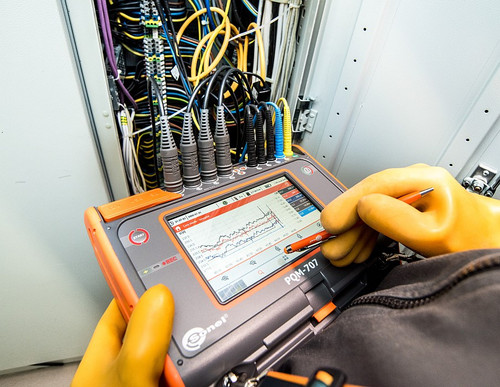As our dependence on electricity grows with advancements in technology, maintaining power quality has become extremely crucial. Disturbances in power supply can cause disruptions and damage expensive equipment. To ensure reliability of power supply and protect equipment, power quality equipment plays a vital role.
Causes of Power Quality Issues
Voltage Variations
Normal fluctuations in voltage are common but large variations can harm equipment. Voltage sags occur when voltage drops but stays above zero, while outages are a complete loss of voltage. Surges are momentary spikes in voltage that can overload and damage components. These variations are caused due to faults in transmission lines, switching of heavy loads, or storms.
Harmonic Distortion
Non-linear loads such as variable speed drives, UPS systems, and electronic devices draw non-sinusoidal currents that introduce harmonic distortion in voltage and current waveforms. High harmonics produce excess heat in conductors and transformers, and can cause malfunctions.
Transients
Switching transients are short-duration spikes caused by load changes that induce voltage and current spikes on power lines. Lightning strikes are another source of high-energy transients that can damage sensitive electronics if not protected.
Power Factor Issues
The Power Factor of a circuit is the ratio between the real power and apparent power. Low power factor occurs due to inductive/non-linear loads that introduce phase differences between current and voltage waveforms. This reduces transmission efficiency and wastes energy.
Solutions for Power Quality Problems
Protecting Critical Loads
To ensure reliability of mission-critical systems, uninterruptable power supplies (UPS) and power distribution units (PDU) provide backup power during outages or disturbances. Advanced UPS modes like high-frequency online double-conversion offer near-perfect regulation.
Line Conditioners and Isolation Transformers
These provide a first line of defense against disturbances. Isolation transformers remove common-mode noise. Line conditioners constantly monitor voltage and offer voltage regulation through buck-boost mode to keep it within user-defined limits.
Filters and Correction Devices
Filters remove harmonic currents to improve power factor. Active harmonic filters instantly sense and neutralize harmonics by injecting compensating currents. Power factor correction capacitors store and release reactive power to balance current and voltage waveforms.
Monitoring and Control Systems
Continuous monitoring enhances situational awareness and facilitates proactive maintenance. PQ meters measure all parameters and disturbances round the clock. Software analyzes data to pinpoint sources of issues for effective mitigation. Programmable logic controllers coordinated corrective actions.
With so many sensitive systems relying on quality power, maintaining reliability is crucial. A robust power quality solution incorporating protection, filtering, monitoring, and control optimizes system efficiency, enhances reliability and protects valuable assets from costly downtime or damage due to power disturbances. Timely maintenance and expert support ensure maximum uptime for mission-critical facilities.
*Note:
1. Source: Coherent Market Insights, Public sources, Desk research
2. We have leveraged AI tools to mine information and compile it



